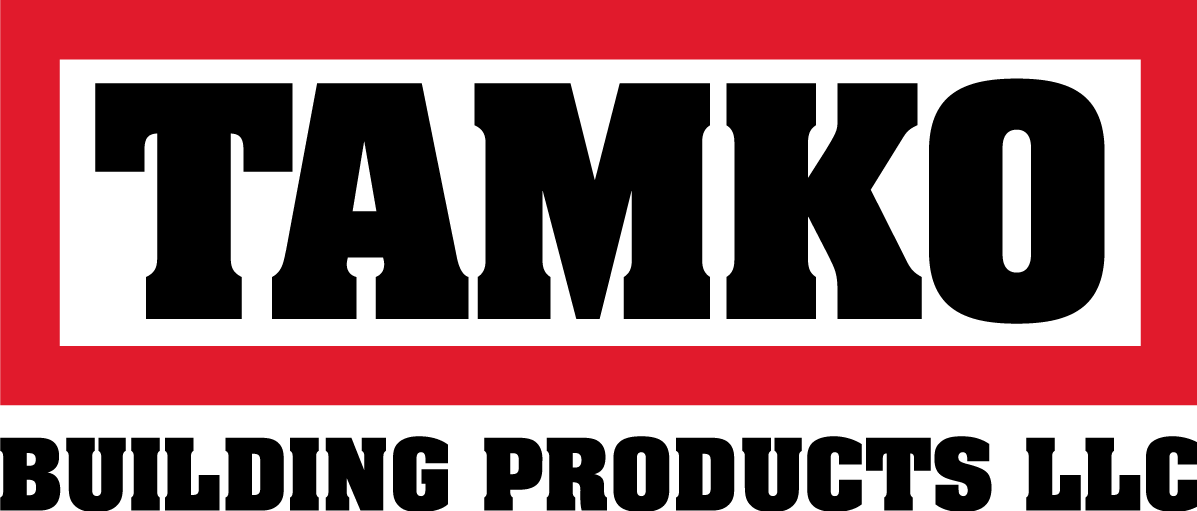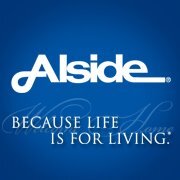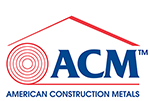One of my favorite movies is Tommy Boy, with Chris Farley. I always think about the part where he is about to sell his first shipment of brake pads and is going to lose the sale because the customer wants a guarantee. The entire exchange is about the overall value of a guarantee and while there are very funny lines that may not be appropriate for print, at one point Tommy says to the customer, “how do you know the Guarantee Fairy isn’t a crazy glue sniffer?”
Do we really pay attention to the fine print in warranties, especially when it comes to lifetime limited warranties? Something that is going to last a lifetime sounds great but the operative phrase to pay attention to is limited warranty. This kind of warranty is limited to specific components, certain types of defects, or other conditions and can apply to virtually anything the manufacturer decides to include. Therefore, it is important to understand what constitutes a warranty as it applies to asphalt roofing shingles.
When my construction career first began back in 1990, we applied 30-year shingles as a standard upgrade over 20-year shingles. Now the 30-year shingle is considered low end and the lifetime laminated shingle we apply at Knutson Partners Construction is the standard. After all, who wouldn’t want a product on their home that was guaranteed to last a lifetime? It is important to understand how shingles are made and what you are really getting when someone talks about a lifetime shingle warranty.
Throughout most of the 20th century, not much changed in shingle manufacturing. The basic organic shingle in 1965 was not much different than those used in 1925. Organic shingles were made by starting with a base layer of organic material such as waste paper, cellulose, wood fiber, etc. This layer was saturated with asphalt on both sides to make it waterproof and provide some protection against fire, though the core material was still combustible. Another layer of asphalt was applied on top of the base and finished with granules made from slate, schist, quartz, vitrified brick, stone, or ceramic.
Several problems were inherent with organic shingles. One problem, as described above, is that they were more susceptible to fire. Fires can spread quickly across roofing surfaces, whether the source of the fire is internal or something external like lightning or forest fires. Another problem has to do with the material used for the base layer. As any shingle ages, material used in the asphalt evaporates and the effective waterproofing lessens. The base layer of an organic shingle is organic, hence the name, and if exposed to moisture after asphalt deterioration it will absorb that moisture and decay just like any organic matter.
In the 1970’s fiberglass shingle technology advanced and in 1982 they overtook organic shingles as the product of choice in the marketplace. The manufacturing steps were very similar with organic shingles except the base layer was made of fiberglass, which is highly water-resistant (recreational boat hulls are made from fiberglass) and much more fireproof. Because of its effectiveness in repelling moisture, significantly less asphalt is required to coat the base layer and the shingles are therefore lighter and more environmentally friendly. With organic shingles now obsolete, nearly all roofing shingles manufactured since the mid-2000’s utilize fiberglass as a base material.
While discussing shingle production, it is worth mentioning a common misconception concerning granules, which are applied as the top layer both in organic and fiberglass products. Many people think the sole purpose of granules is to provide color and aesthetic quality. However, granules serve a vitally important purpose in that they protect the layer of asphalt immediately underneath them. Think about a freshly laid, black asphalt driveway. During the first year after installation, the color will turn to grey and that point, sealcoating the driveway is necessary. The purpose of asphalt sealcoating can be described in thinking about the name: a coating of sealant is applied to protect the underlying asphalt. Granules serve the same purpose in shingles and excessive granule loss will limit the effective life of a roof. For instance, large hail that strikes a shingled roof will knock granules loose, thereby exposing the underlying asphalt to sunlight and moisture. While there may not be holes in the roof immediately after a storm, those spots will wear out much faster than the rest of the roof.
It used to be that shingle warranties correlated to shingle thickness; a 30-year shingle was thicker than a 20-year shingle. However, new laminated (aka architectural) shingle thickness can vary widely and is no longer a parameter for warranty classification. Standardized testing and associated classifications are available through independent organizations such as Underwriters Laboratories (UL) and American Society for Testing and Materials (ASTM), where wind and impact resistance is measured from samples submitted by manufacturers.
Would it surprise you to know that most of the well-known brands with lifetime warranties available in the Midwest region do not submit samples for impact testing? UL testing for impact resistance uses steel balls ranging in diameter from 1.25 to 2 inches. The 1.25-inch ball is dropped from 12 feet and the 2-inch ball from 20 feet. The test roof is struck twice in the same spot for each size ball. The top ranking is a class 4 shingle, which is resistant to the 2-inch ball. The truth is that typically used lifetime shingles would only achieve a rating of class 1 (1.25-inch) or class 2 (1.5-inch). Class 3 and class 4 shingles are available at a higher cost and used more frequently in the central and southern United States where very large hail is more common.
Barring extreme weather events, the average life of a typical asphalt shingle roof nationwide is 20 to 25 years. In Minnesota, the average life appears to be less. One source puts it at closer to 17 years, assuming again that an abnormal hail or windstorm does not reduce it by even more. So with all of this information the final question remains, what is the value of a lifetime warranty?
In reality, the standard limited lifetime warranty pays in full for any defective shingle products for a period of 10 years. Should a claim be approved and depending on the manufacturer, you may get a free pile of shingles delivered to your home but then must pay out-of-pocket for a crew to tear off the old ones, dispose of them, and install the new shingles. Some manufacturers will include labor cost during this 10-year period. After ten years, the “lifetime” warranty begins to prorate based off the number of years the roof has been on the structure. As an example, one manufacturer uses a formula where the number of months the roof has been installed is divided by the number of months in the warranty term (600). So after 25 years, the recoverable amount would be 300/600 = 50%.
Still sounds pretty good, right? Well, let’s say a problem develops after 25 years. What is the likelihood that other factors beyond a manufacturing defect can be ruled out? Acts of nature, normal wear and tear, inadequate roof ventilation, and installation techniques will all be subjectively considered as possible causes and contributors. After that length of time it will be difficult to say that nothing else could have possibly caused the problem. Also, at this point it is a certainty that the potential cost of labor will be borne by the homeowner.
The point of this post is not to say that warranties are meaningless. Our preferred shingle providers are reputable companies that stand behind their product. Rather, it is important to understand what you are getting and to ensure that the representative from your selected contractor is honest when explaining warranties to you. If he or she simply says that your roof is guaranteed to last a lifetime and nothing more, you might want to think twice. Our associates take the time to explain what the warranty includes and does not include so you can make an informed choice when selecting your roofing contractor.















